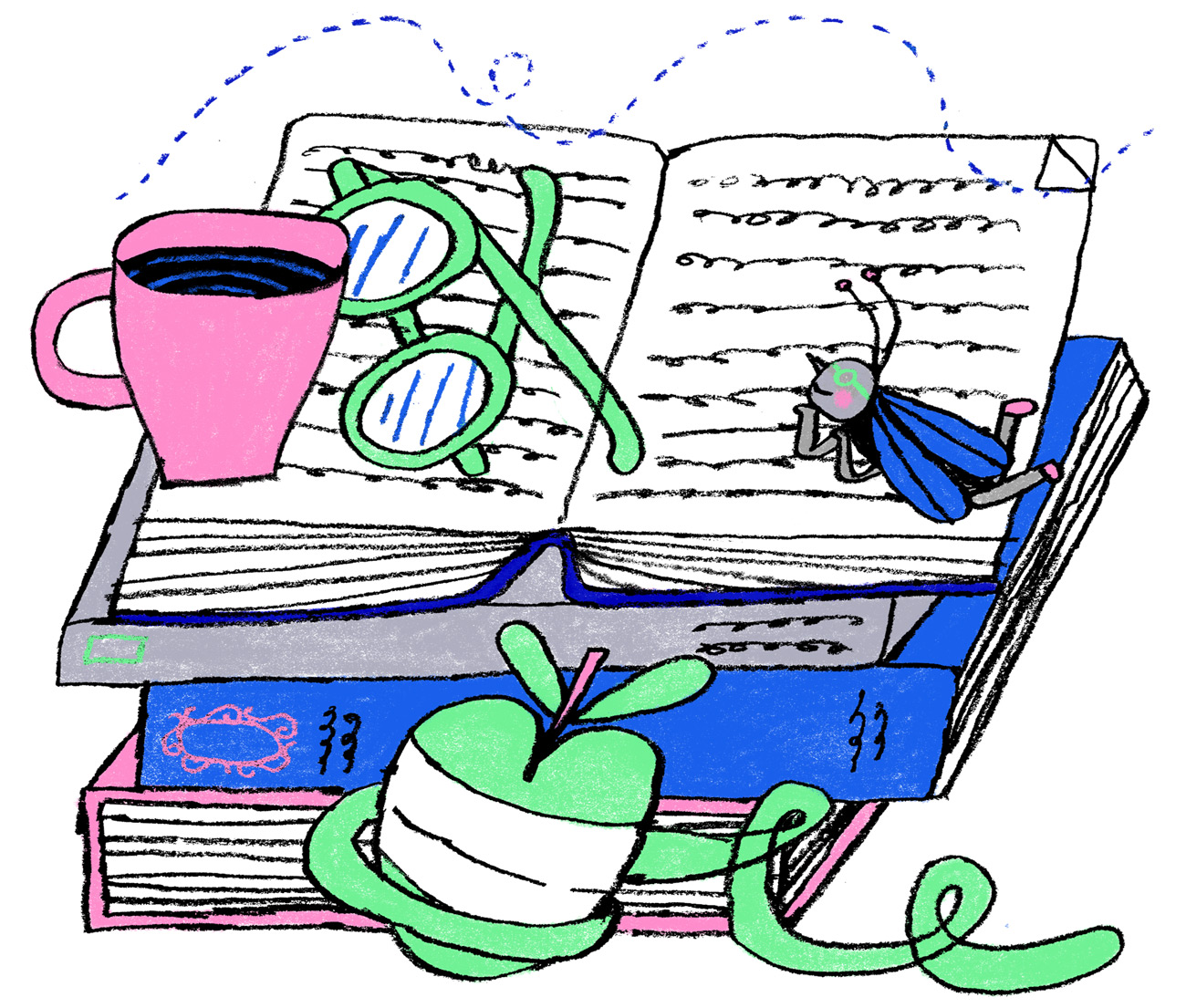

The new bookstore will be based on Hazparn’s ideas – if this has not already been published –. It will be called Et’abar. It will be a typical shop with an offer of publications in Basque. It will not only operate in the interior of the Northern Basque Country. Over the past four years, the Ortzaiz Mint Shop has expanded its cultural offer in its region.
For a long time, anyone who wanted to consume Basque culture had to go to Bayonne. Apart from the tipi and isolated offer of a few press offices, there was no differentiated, permanent, or wide-mold saltworks, and no services to advise readers beyond Bayonne.
Therefore, the news of the ideation of these stores provokes joy, because it reveals the curiosity of the store heads, as well as the trend of recent years, both in terms of the format of the publications and in terms of reading.
In recent years, the book has been considered an unsellable product, and it has often been mentioned that the numerical format and the digital book will wipe out the paper. On the other hand, it is often stressed that today there are no readers, and that is why the surveys and those responsible for the shops have advanced serious numbers.
A paper book will not spy on private data or denounce the reader. Each book has its own unique touch sensation: softer, thinner, rougher
High, taking the example of the French state, the conclusions of a measurement published at the beginning of the year indicate that digital books are growing but remain marginal, representing 10% of the income of French publishers. For comparison, in the United States of America, they represent 20% of the market. For what reason? In France, for starters, because publishers have never taken a clear digital direction, and on the other hand, they often practice high prices. So the transition doesn’t happen as soon as you think about it and it happens in a strong mold and it’s a safe market, so that of paper books still. In addition, most respondents prefer "true" books. As they go to the data about the number of readers, they show an upward trend: 86% describe themselves as readers (large, medium or tipi readers).
I was convinced, about ten years ago, that the numerical version of the books would give us a great idea, on the one hand, because it would facilitate the exchange and dissemination of creation and knowledge, and on the other hand, because it would reduce the presence of paper. I admit that today I continue to buy paper supports, perhaps as much as ten years ago. And it seems to be a general trend.
However, as a potential reader or reader, remember that there are many reasons to go to these new stores and be attached to the paper book. They don’t have any battery problems or upgrades. Apart from that, there is no problem in being able to access both sides of the border, since there is no platform or payment limit. It is easy to exchange, it is not usually located in a Cloud.Even if a book falls from the 10th floor, it does not break: experience has proved it. A paper book will not spy on private data or denounce the reader. Each book has its own unique touch sensation: one softer, the other more refined, the other more rough. Every book has its own smell, the smell of ink, the smell of the shelf in the house, the smell of the guy who made it for you. In the event of a power outage, the books may be available and if the power outage persists, the paper may be used to heat them. An improvised weapon can be used, for example, to numb a thief with shampoo.
Go a long way, then, for paper books, and go a long way for bookshops.